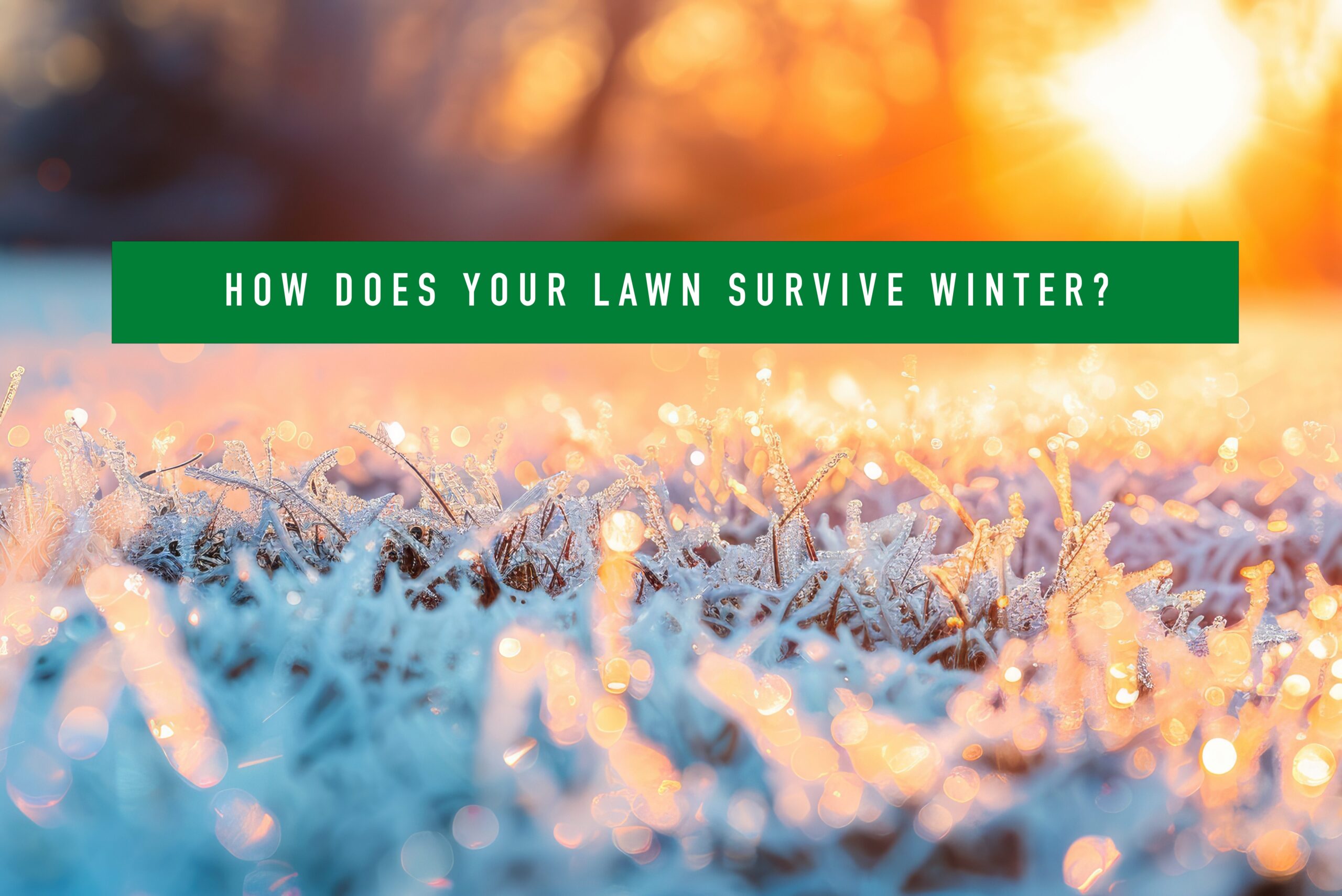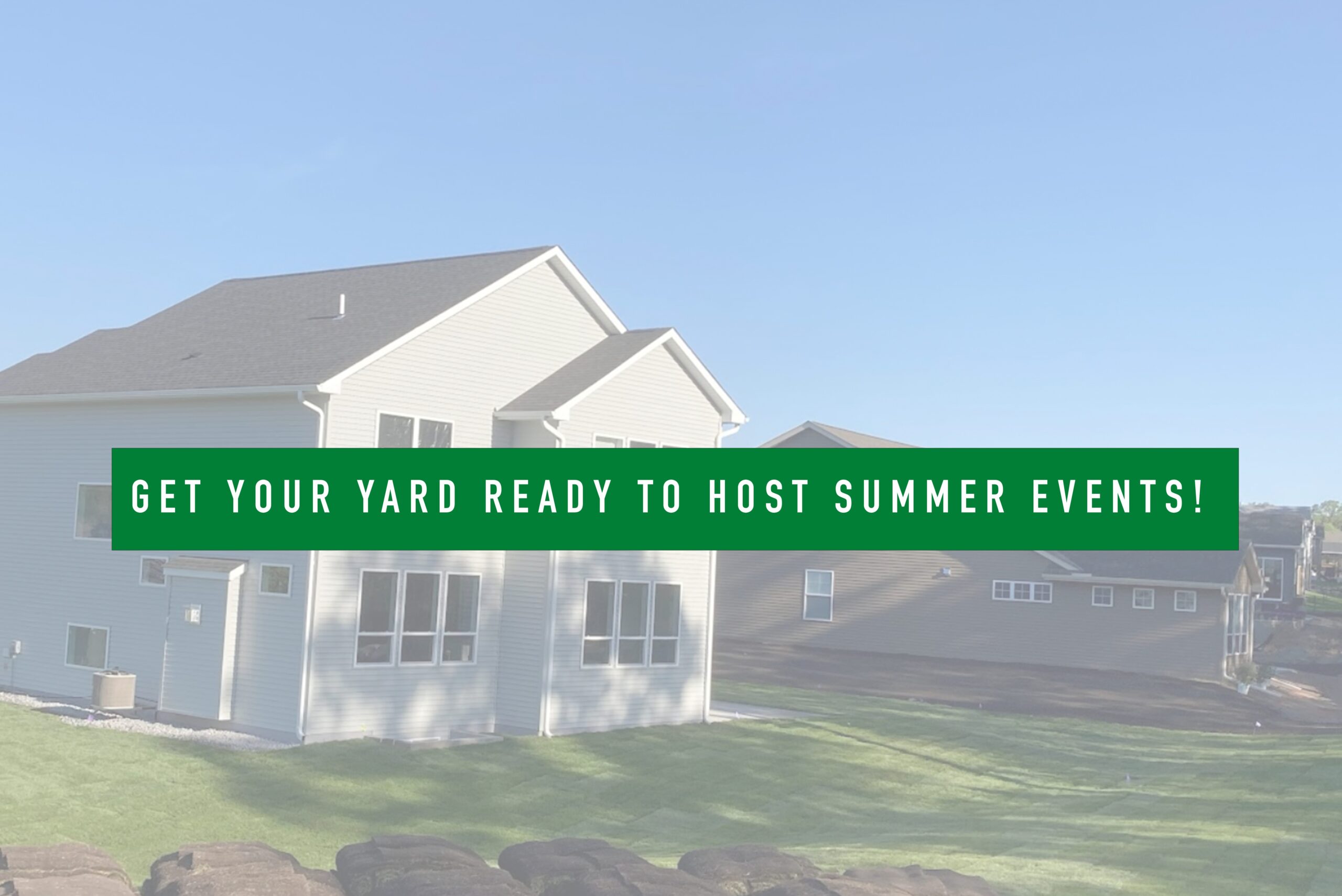Winter can be a tough time for your lawn, especially in cold climates like Minnesota. As the temperatures drop, your once lush, green lawn will turn brown and seem bare, and you might even wonder if it’s dead. Fear not! This natural process is known as dormancy—a survival mechanism that helps your grass survive the cold winter months. Let’s take a closer look at what happens to sod during winter and why dormancy is actually a good thing for your lawn’s health.
What Is Dormancy and How Does Grass Prepare for Winter?
Dormancy is when plants and grass slow their metabolic processes to conserve energy and survive harsh conditions. The dormancy process is crucial for survival in regions with cold winters (like here in Minnesota). As the weather cools, grass enters a state of rest where growth stops, and resources are conserved until warmer temperatures return in spring. This process is a natural defense mechanism, allowing grass to survive freezing temperatures and snow cover without needing to actively grow.
What Happens to Grass in Winter?
As winter sets in, the energy needed for new shoots or leaves is reserved. During the dormancy period, the grass may turn brown, but the roots remain alive and protected underground. Though the grass blades appear dormant above the soil, the root system continues to stay active—although at a much slower rate—ensuring that the grass can “wake up” when the weather warms up in spring.
The Role of Snow as Insulation
Love it or hate it, Minnesota typically gets a decent blanket of snow each winter. Snow isn’t just pretty (or annoying if you’re the one who has to shovel); it actually plays a vital role in protecting your lawn during the winter months. As snow accumulates on your lawn, it acts as a natural blanket, insulating the soil and helping to maintain more consistent soil temperatures. This protection prevents the roots from freezing solid, allowing them to remain viable through the colder months. Snow cover also helps to buffer temperature extremes, which can be especially beneficial during periods of thawing and refreezing.
Common Misconceptions About Dormant Grass
Many homeowners worry when their grass turns brown or seems to die off during the winter. It’s a common misconception that dormant grass is dead. In fact, brown grass is completely normal and is simply a sign that the plant is conserving energy and preparing to survive through winter. Dormant grass may appear lifeless, but it’s just taking a break! As long as the grass has been properly cared for leading into winter, it will rebound once the weather warms up. The key to a healthy lawn is making sure it’s well-prepared for dormancy by having strong roots going into the season. (Pro tip: See our previous blog posts for useful lawn care tips!)
Your Lawn Will Bounce Back in Spring
While your lawn may look brown and barren during the winter, dormancy is a necessary survival strategy. With the right care and preparation in the fall, your sod will emerge in the spring refreshed and ready to grow again. The roots will still be intact, and when temperatures rise, the grass will come out of dormancy, refreshed and ready to green up again. And don’t worry – when it’s time to wake your grass from its winter nap, B&B Hoffman Sod will be here with tips to make it lush and green!







